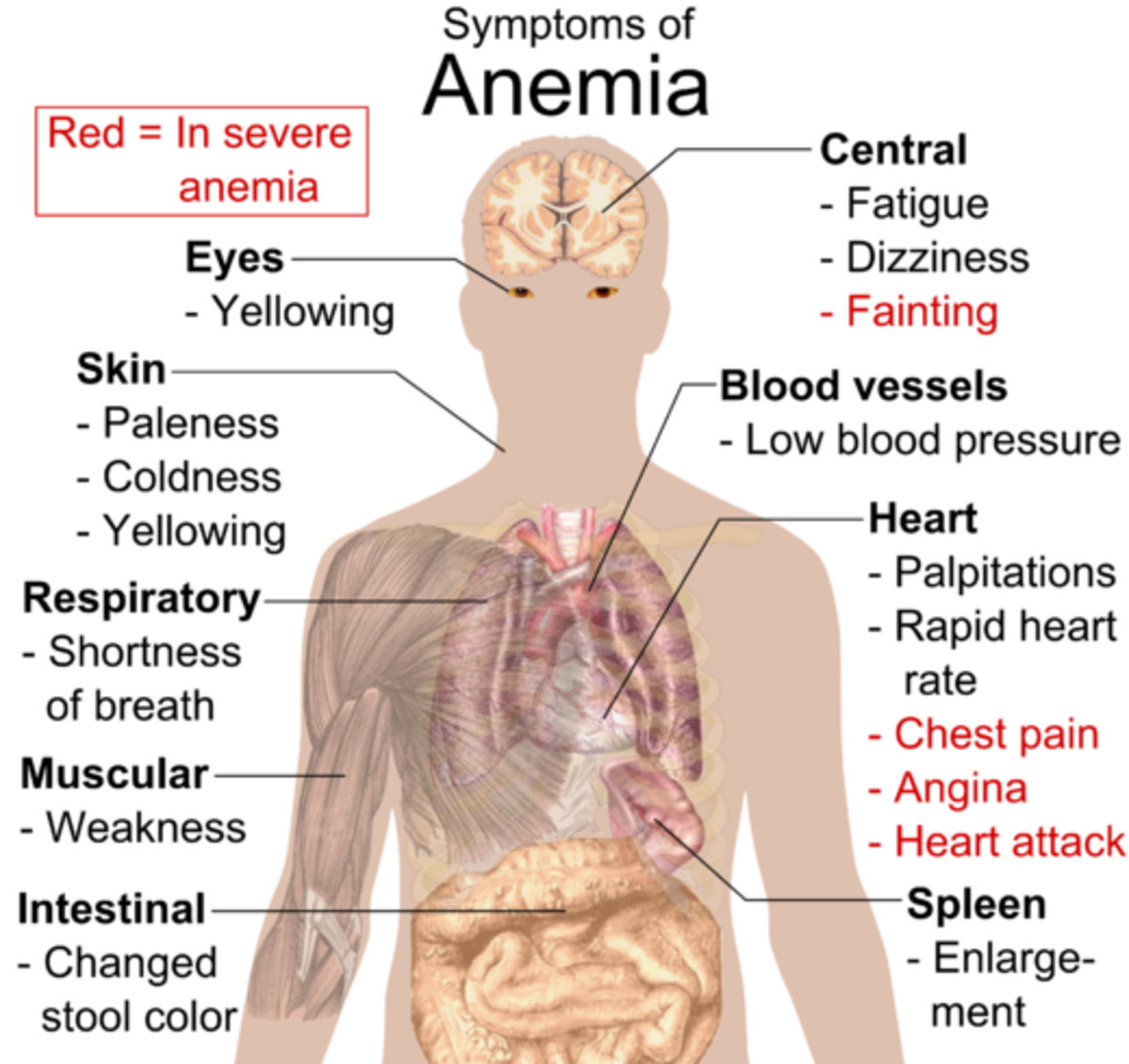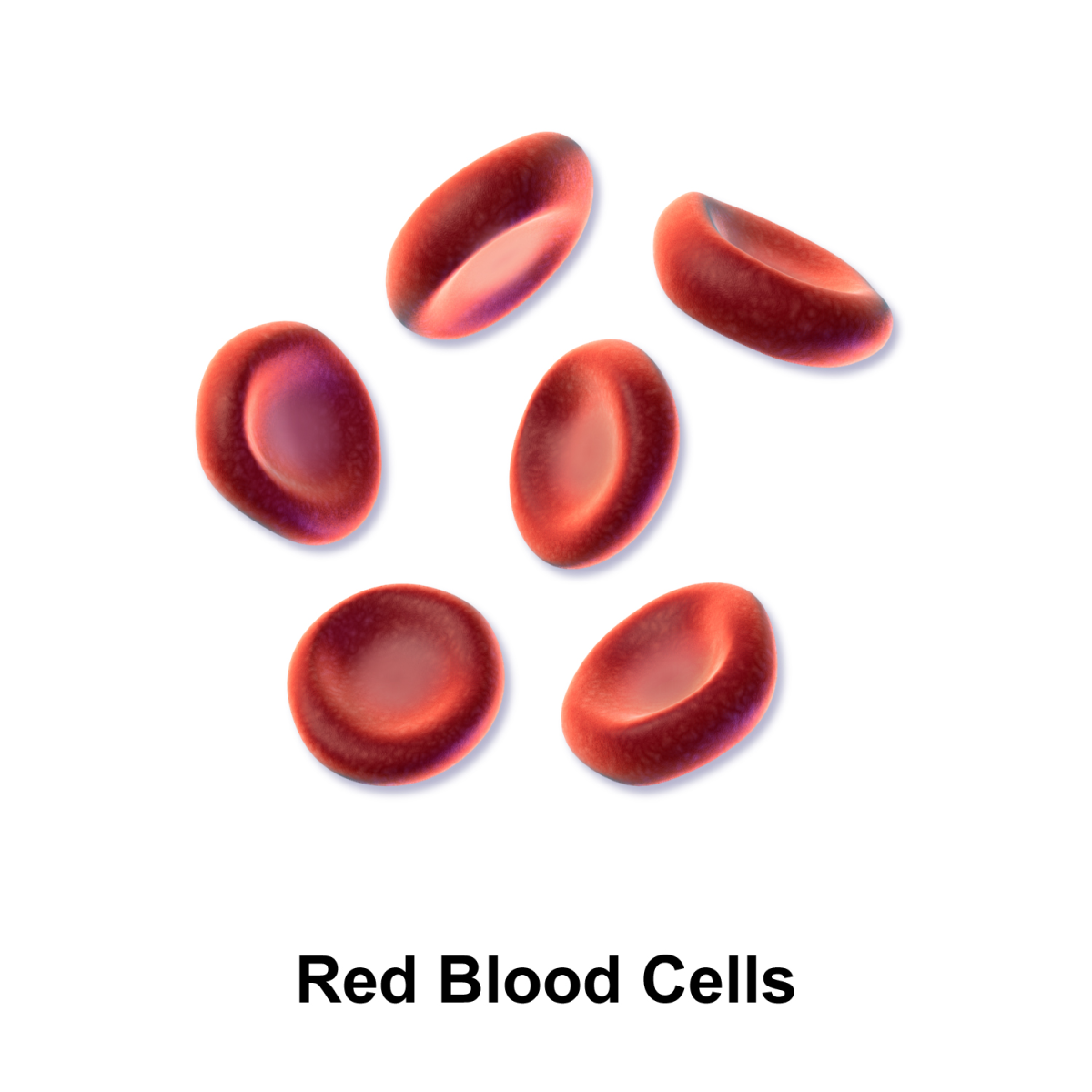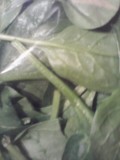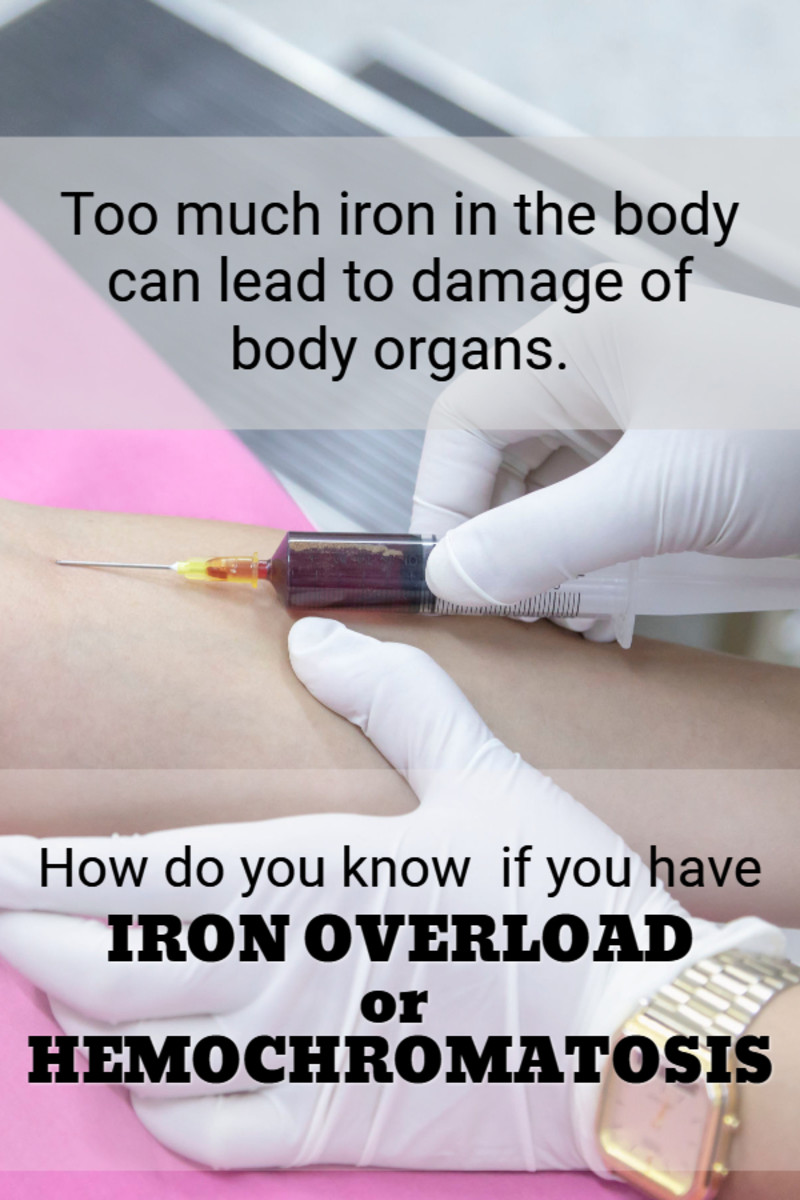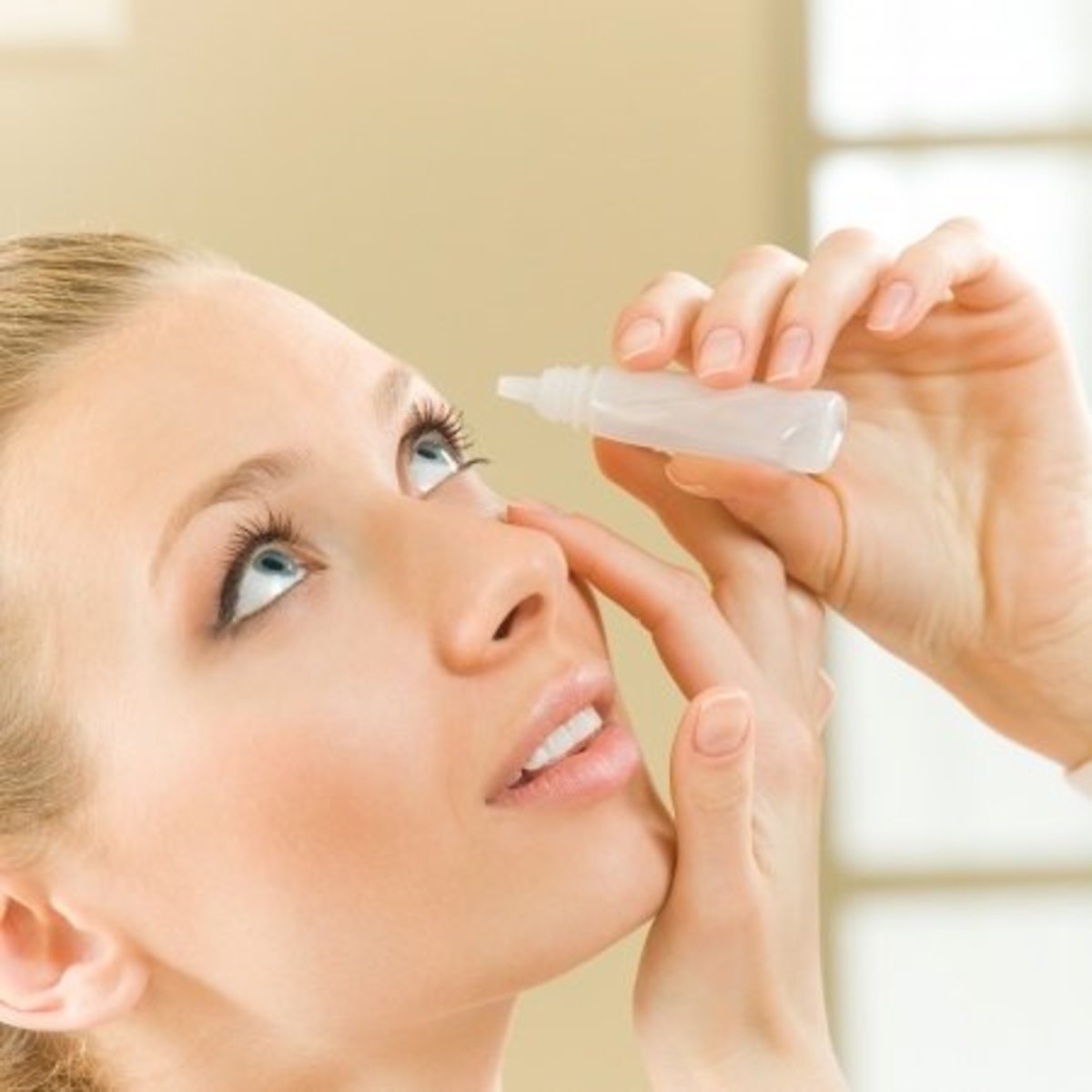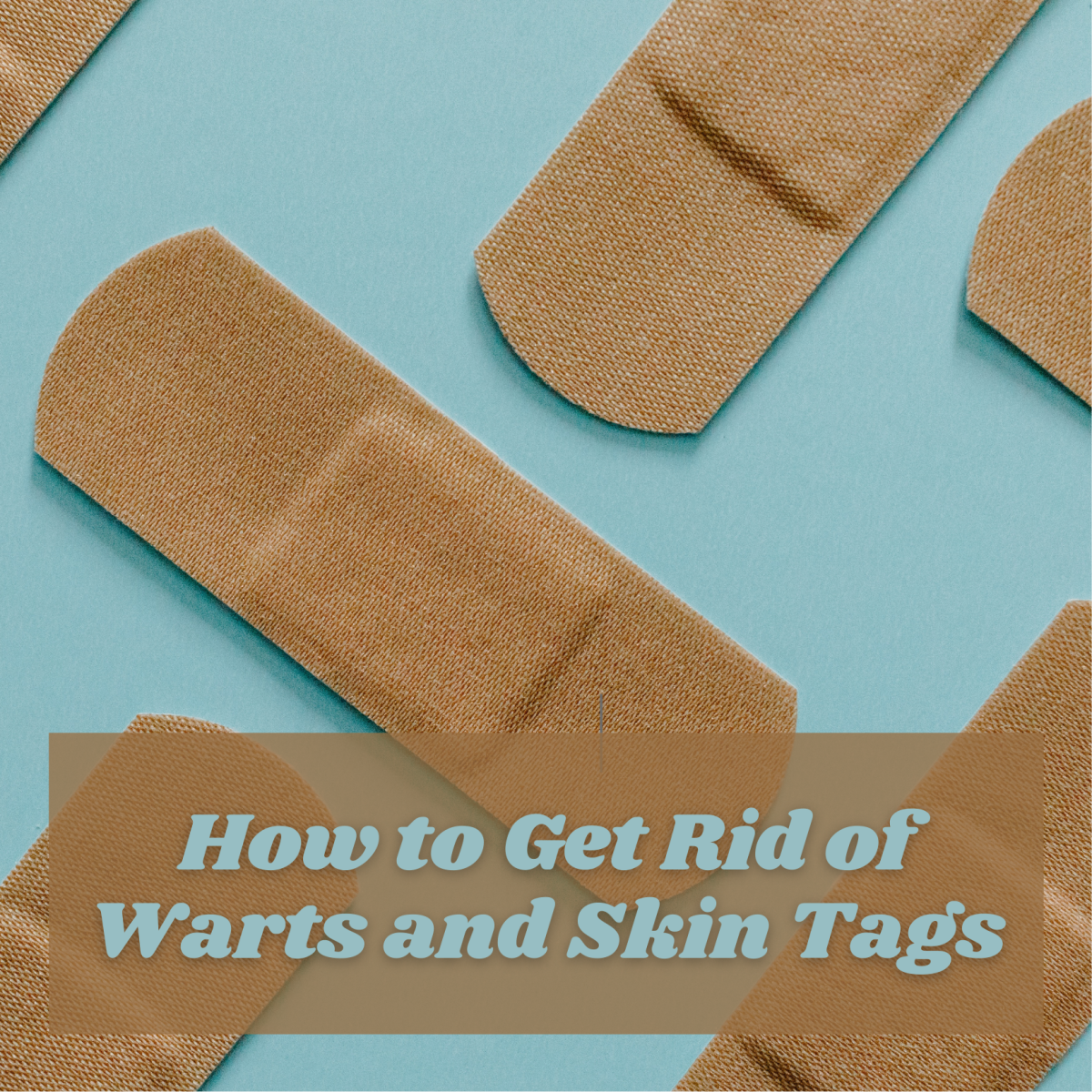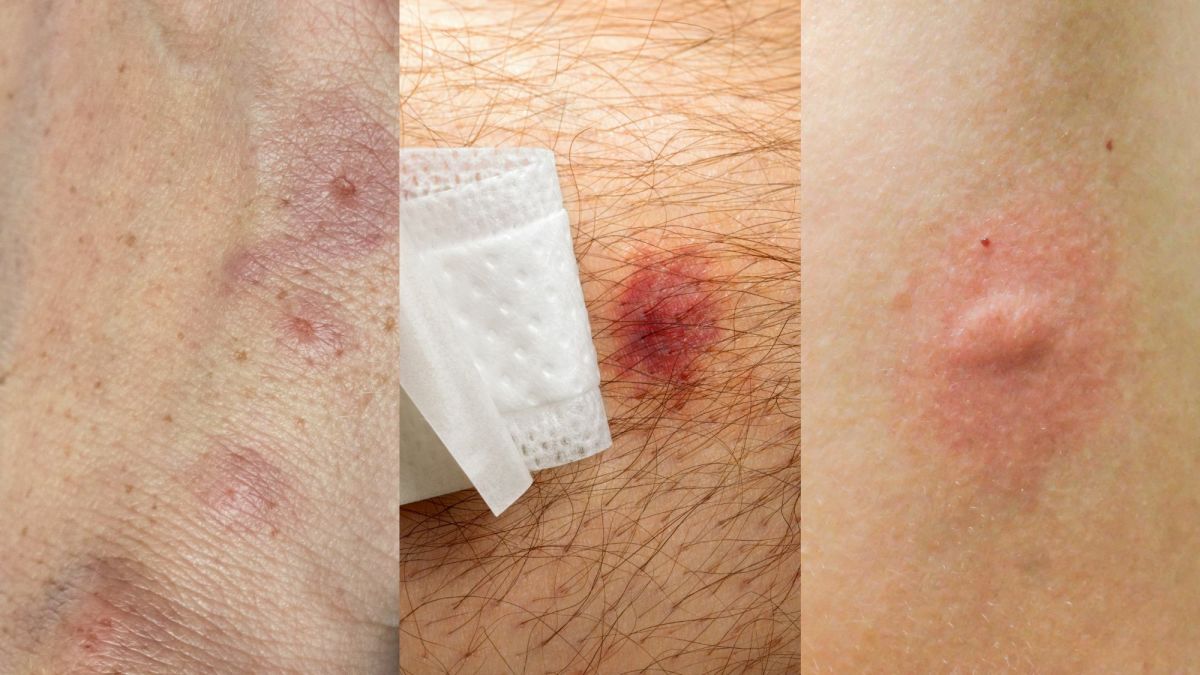Anemia Signs and Symptoms
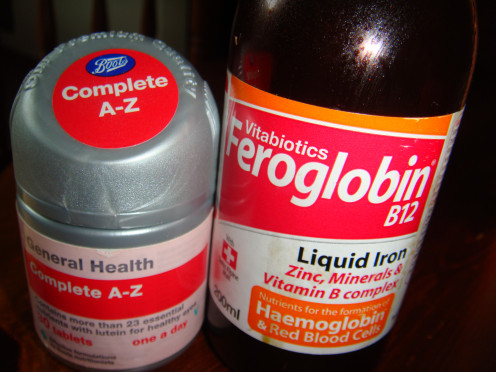
The Importance of Iron
If you are anemic, your body is low in a mineral called iron.
Iron is very useful as it is needed to keep us healthy. It helps our muscles store oxygen, encourages the enzymes to digest food and it helps the red blood cells do their job.
Iron helps our bodies to build up red blood cells, and it is the red blood cells which carry oxygen around the body. They also eliminate carbon dioxide.
If there are not enough red blood cells, or they are low in haemoglobin (which carries oxygen from the lungs) the body will find its iron stores.
As soon as the body becomes deficient in iron, you can become anemic.
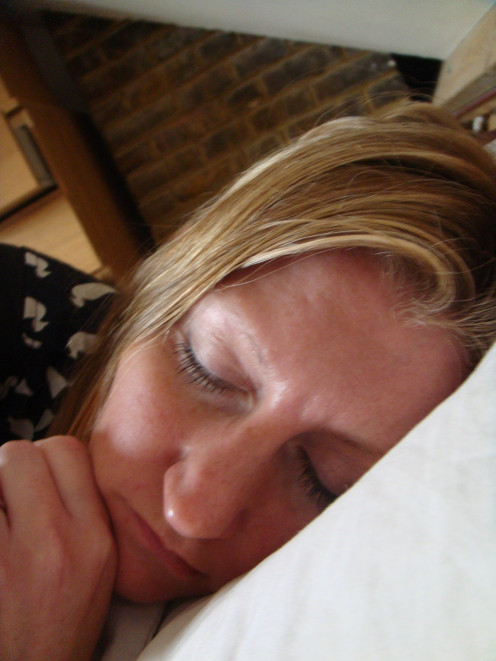
What are the Symptoms of Anemia?
To begin with there are very few symptoms of being anemic. As the body starts to use up the iron stored in the body, over time you will have these signs:
Tiredness
You will feel more lethargic than normal. This means your energy levels will decrease and you’ll be more sleepy than usual.
Pale Skin
You will lose your ‘healthy glow’ and may have dark circles under your eyes.
Headaches
This is a less common sign.
Shortness of Breath
Dizziness and fainting can be one of the first signs of anemia, along with palpitations.
Physical Signs
Your body needs vitamins and minerals as they all have an important role. Nutrition is good for our insides and outsides.
If we have a low iron count it can take its toll. The signs include:
- Brittle hair
- Weak nails
- Sores on the mouth
- Dryness in the mouth
How do we become Anemic?
Low iron anemia is the most common type of anemia. We can also become deficient in vitamin B12 which can lead to pernicious anemia.
We can become anemic for a variety of reasons.
Poor Diet
By not having the right diet can lead to anemia. Foods with little nutritional value can be bad for our health. It is vital to start a healthy and balanced diet from childhood.
Heavy Periods
Women who suffer from heavy periods can become anemic, as they are losing their stores of iron when they bleed.
Vegetarians
Anemia can be common in vegetarians, as they are not getting a source of red meat.
Diseases (such as Crohn’s disease, Sickle Cell disease or Coeliac disease)
This can stop the absorption of iron in the body, due to the nature of the illness.
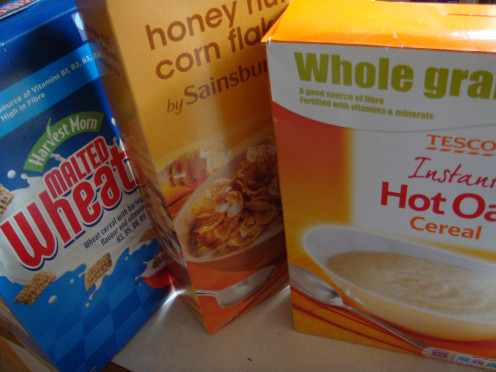
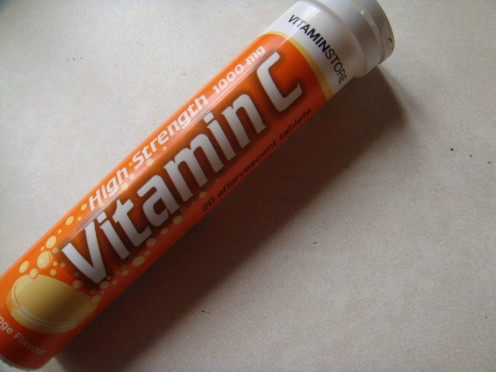
How to treat Anemia
A blood test can show the haemoglobin levels and study the blood cells to detect anemia.
To treat or prevent anemia it is important to keep iron levels up. This can be done in a number of ways:
Improve diet
The foods which are rich in iron include:
- Cabbage
- Leafy greens
- Dried herbs (for example parsley, thyme and rosemary)
- Red meat and liver
- Peas, beans and pulses
- Dried fruit
- Cereals fortified in vitamins and iron
Many of these foods also contain vitamin B12, along with eggs, dairy products and soy.
Folic acid is a B vitamin and also helps new cells. Leafy greens, bread and fruit helps to maintain B vitamins in the body.
Vitamin C helps the body to absorb iron. Foods such as citrus fruits, strawberries, kiwi fruit and vegetables contain vitamin C.
Supplements
Vitamin and mineral supplements are another way to boost iron and B vitamins. These can be taken in tablet, liquid or soluble form.
Medication
If there are underlying causes of anemia, your doctor may prescribe medication.
These include medicines to prevent the immune system from destroying its own red blood cells, hormones to help the body make new blood cells, or antibiotics to treat infections.
In extreme cases, a blood transfusion may need to be carried out.
Anemia in Pregnant Women
It is important that pregnant women have a sufficient amount of iron, as well as folic acid (in the first trimester).
Low iron is common in pregnancy as more iron is needed to ensure the flow of oxygen and nutrients get to the baby.
Sometimes an iron supplement (ferrous sulphate) is prescribed in the middle trimester.
It is advised that women who are planning pregnancy should begin to take folic acid, and continue in the first trimester. This is to reduce the risk of the baby developing the disease spina bifida.

